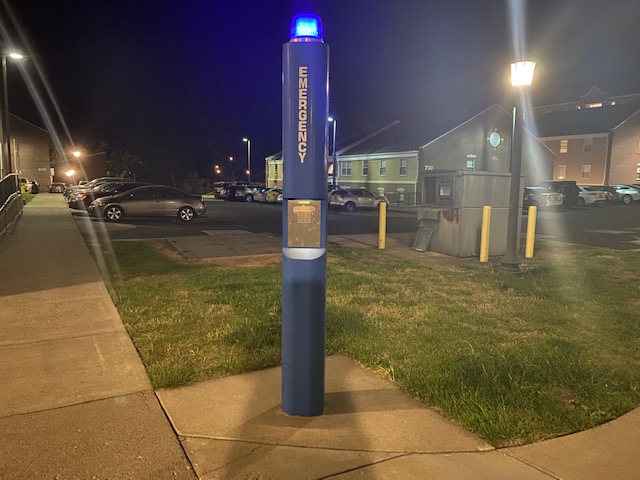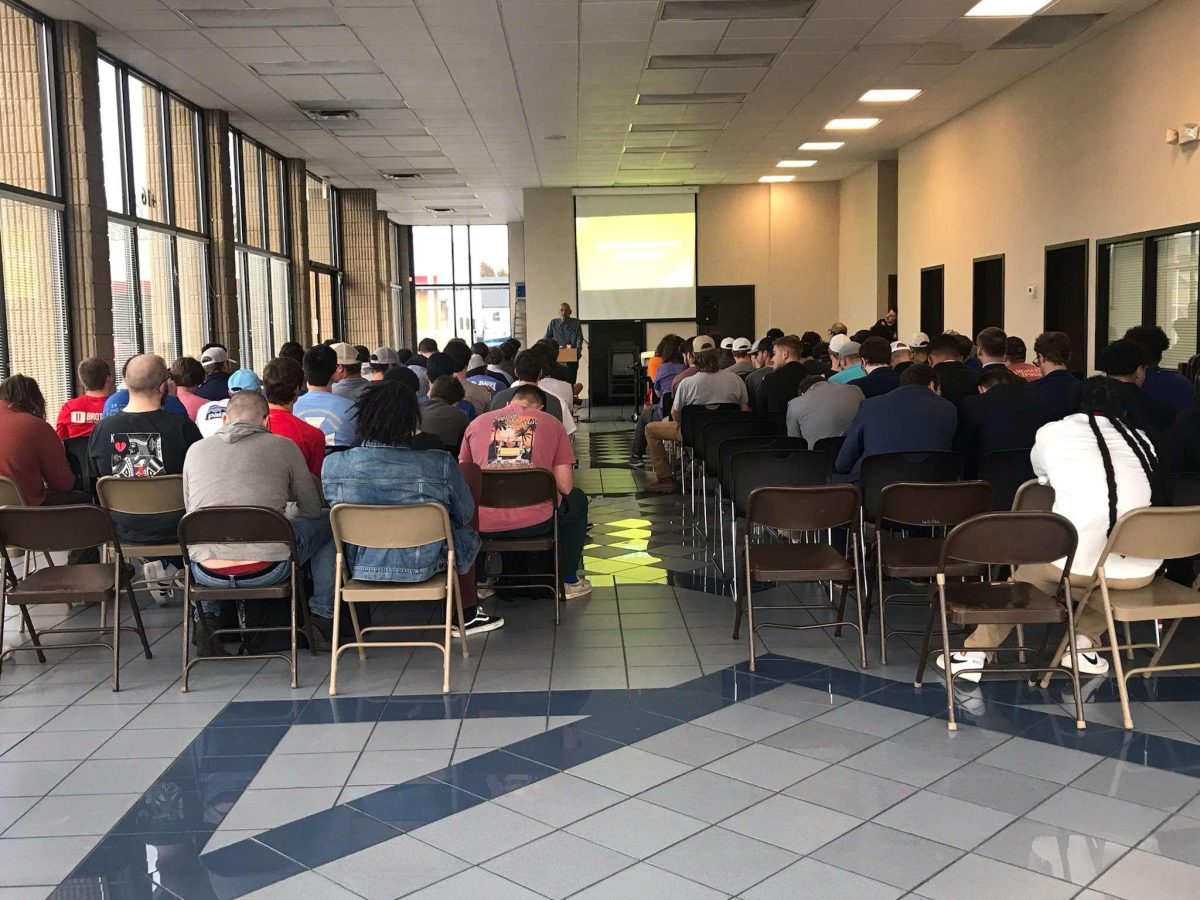Education is an important issue in the United States that tends to be overlooked. Donald Trump and Governor Gary Johnson have both spoken about education in the United States before, and their websites have a specific page dedicated to discussing the issue. Trump and Johnson have similar opinions on education. Both believe:
- Local and State governments should have more control over their education policy and curriculum for students.
- Common Core should be abolished.
- The wealthy should not be taxed more to lower the interest rates of student loans.
- School choice is necessary for students and schools to be competitive, which is the best way to improve schools themselves.
- Charter schools should receive more funding to give students more options.
Author’s Notes
Trump and Johnson have incredibly similar plans regarding education, but it is important to understand how education policy works in the United States, as well as the pros and cons of their proposed policies. Education is considered a state issue, which means the Constitution does not outline it specifically as something that falls under the purview of the federal government. As a result, states are able to set their own education policies and/or allow their local governments to determine how their school systems will run. Trump and Johnson believe that over time the federal government has begun encroaching on the rights of the states to set their own education policy. Their policies plan to shift the decision-making process back over to the states. This would effectively mean the end of Common Core, a federal education program that states could opt into if they chose. Common Core had a rocky reception as teachers and students across the country publicly rejected the program’s methods. However, there is a legitimate argument against allowing the states to create their own curriculum standards. If every state has different standards and differences within themselves from county to county, it is hard to create national educational initiatives. It also makes it hard to create national standards for student progress. At the end of the day, it is up to the individual voter to determine whether they place a preference on the education system being tailored to their communities’ desires, or on a national standard with universal goals to ensure every student is taught on the same level across the states.
The candidates also think that charter schools should receive more funding to allow students to choose which schools fit them best. Charter schools, however, are not without controversy because they are privately owned and operated, which means they are profit-driven at the end of the day. This can lead to charter schools closing from a lack of funds, or making decisions public school administrations may not agree with. Neither candidate supports taxing the wealthy more to help lower interest rates on student loans, but it is important to note that Trump’s policy states that he wants to give universities more tax breaks and federal funding. The plan says that the universities will then be monitored to ensure they are actively working to lower the cost of tuition, which should decrease amount students must take out in loans as a trade-off to receiving more money from the government. While each candidate has their own plan, they are similar and are in-line with most conservative education policies.






